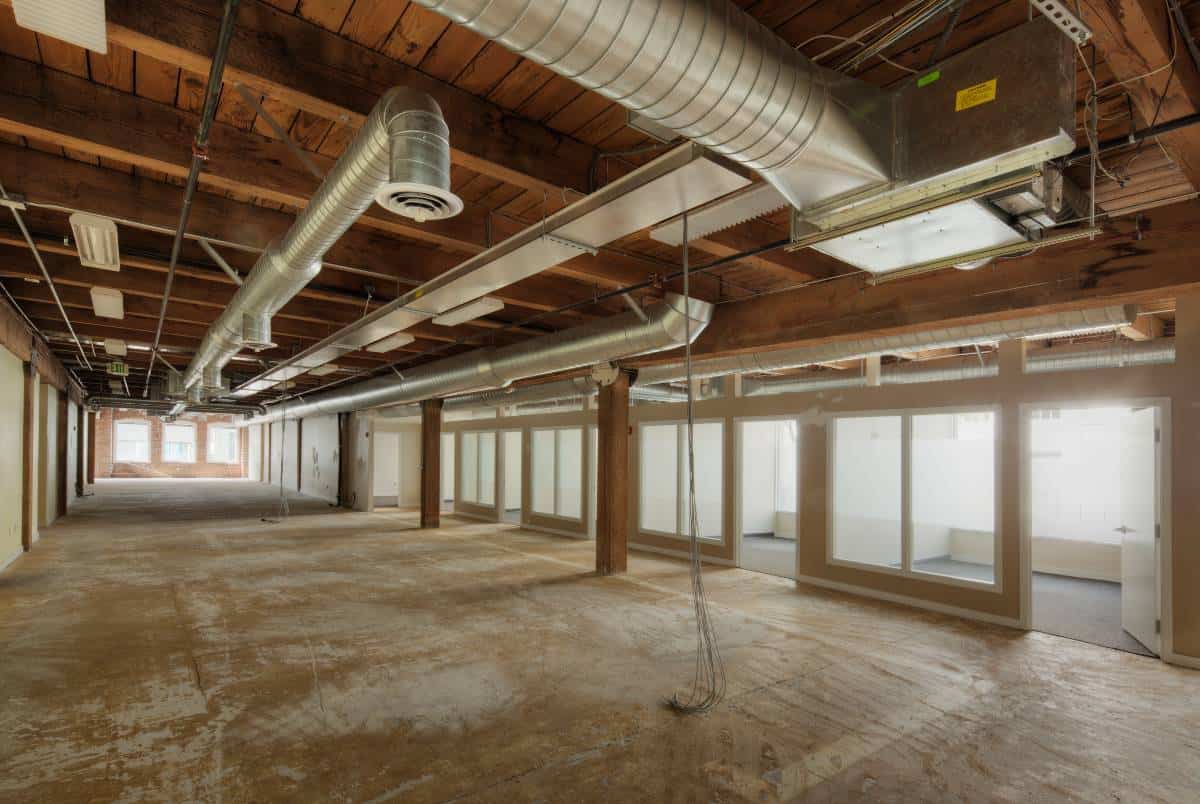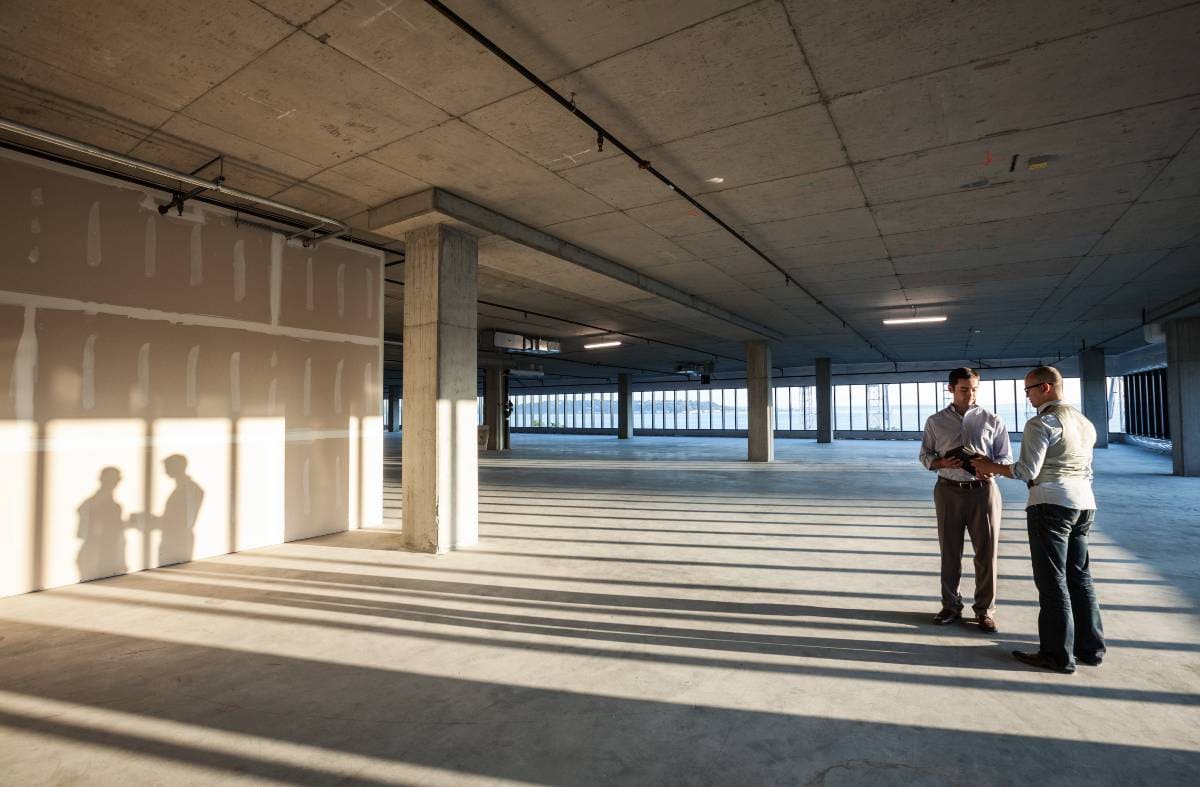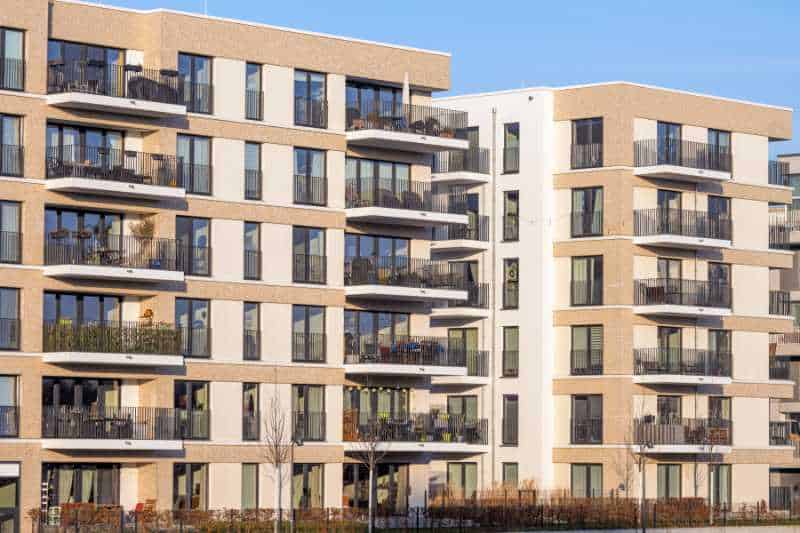As a commercial real estate veteran with over 18 years of experience, I know firsthand the heavy impact of high vacancy rates. Lost rental income and ongoing operating expenses for unleased spaces can quickly erode property profitability and value.
The good news is that with a focused, meticulous strategy encompassing multiple facets of property management, it is possible to steadily chip away at pesky vacancy rates. In this post, I will share a comprehensive 10-step playbook to effectively minimize vacancies in commercial buildings based on proven asset management principles.
Key Takeaways
- Investing in curb appeal and property upgrades entices new tenants and retains existing ones
- Building relationships through engagement and prompt issue resolution increases occupancy rates
- Promotions should highlight property features and leverage connections for referrals
Cutting Commercial Property Vacancy Rates: A 10-Step Playbook
Know Your Local Commercial Real Estate Market
As they say, you can only manage what you measure. Start by thoroughly analyzing granular supply/demand dynamics in your specific locale and commercial real estate subtype (office, retail, industrial). Track rental movements for comparable properties and monitor listings by competitors to identify prevailing market rents in your area. This will provide a benchmark to price and position your property.
Pro tip: Connect with local real estate brokers to understand off-market deal activity as well.
Set Competitive Yet Appealing Asking Rents
Armed with market intelligence, set asking rents aligned with comparable spaces nearby. However, leaving some room for negotiation and offering introductory discounts for the initial lease term could incentivize prospective tenants to choose your space over a competitor’s. The goal should be to get appealing deals signed quickly. You can stabilize rents as the building reaches higher occupancy.
Invest in Excellent First Impressions with Curb Appeal
As potential tenants arrive to tour available spaces, stellar first impressions are critical. Is the exterior surrounding well-lit and landscaped with tidy signage visible from the ingress? What about the lobby, hallways, and common areas – are they clean, neat, and visually enticing? Spending on upgrades like paved parking lots, green spaces, and renovated building systems generates a consistent pipeline of tenant prospects.
Maintain the Property Proactively
While seeking new commercial occupants, existing tenants also need attention. Businesses will renew leases much more willingly in spaces that are proactively and diligently maintained through prompt repairs, handy safety features, and periodic overhauls. Consider forward-looking upgrades as well – modern HVAC installations reduce energy bills over time, as do eco-friendly rooftop solar panels.
Build Strong Tenant Relationships
Even as the property itself is continually upgraded, put equal emphasis on building personal connections with occupants through:
- Regular touchpoints and open channels of communication
- Swiftly addressing concerns or issues
- Community engagement events to connect all tenants
Taking this relationship-centric approach increases tenant satisfaction, loyalty, and retention when lease renewal discussions emerge.
Structure Agreements With Inbuilt Flexibility
To attract or retain tenants in specific situations, consider tweaking lease terms to incorporate flexible options:
- Short-term 6 or 12-month leases
- Rent deferrals for a few months
- Subletting allowance with landlord consent
- Easy space expansion or move options
Promote Your Listings Creatively
Getting the word out extensively across multiple channels about current and upcoming vacancies is mission-critical. Apart from digital listings on industry portals, ensure your website contains:
- Professionally photographed property and space images
- Interactive floor plans
- Creatively edited drone and video tours
Leverage your social media presence and existing sphere of influence for shares and referrals. Online promotions complement physical signboards and open-house events.

Monitor Performance Metrics Continuously
There are always opportunities to fine-tune your rental strategy based on emerging trends. Maintain detailed records tracking rental activity for each unit, occupancy rates across floors or zones, average days on the market before lease-up, etc. Software tools help identify recurring patterns about unit sizes, tenant profiles, or provisions that fast-track deals. Incorporate these learnings when negotiating with prospects.
Optimize Operations and Reduce Costs
While enhancing gross rental income remains the focal point, simultaneously evaluate ways and means to optimize processes and cut operating costs. If the property is aged, consider:
- An energy efficiency audit
- Solar panel feasibility
- Renegotiating recurring contracts with external vendors
Savings here directly boost the bottom-line rental yield.

FAQs
What is a good vacancy rate range for commercial buildings?
A vacancy rate between 10% to 15% is generally considered healthy in most commercial markets. Anything exceeding 15% signals potential issues.
How can I determine fair market asking rents?
Connect with commercial real estate brokers operating in your locality to garner data points on recent rental deals of comparable spaces. This provides a reference to anchor your asking rent.
What are the top incentives I can offer for tenant retention?
Consider 1-2 months of free rent if they recommit to a longer lease term, signage credits, discounted parking, capped escalation clauses, moving assistance, etc.
What metrics should an asset manager track?
Analyze vacancy rates, absorption velocity, average time on the market to lease, tenant profile mixes, retention ratios, collections efficiency, and operating marginsregularlys.
How can I cut vacancy costs?
Start with an energy efficiency assessment and identify savings potential through rooftop solar installation, HVAC upgrades, or retrofits. Also, renegotiate contracts with external vendors.
How do market conditions impact the vacancy rates of rental properties?
Market conditions such as economic trends, supply and demand dynamics, and competition from other properties can significantly influence the vacancy rates of rental properties. It’s important to stay informed about market conditions and adjust your strategies accordingly.
What are some tips to reduce the vacancy rate of my rental properties?
Some tips to reduce the vacancy rate of your rental properties include offering competitive rental rates, providing incentives to attract tenants, maintaining good relationships with current tenants, and staying proactive in addressing maintenance issues and tenant concerns.
How can I make timely repairs to my rental property?
Making timely repairs to your rental property involves promptly addressing maintenance issues reported by tenants, scheduling regular inspections to identify potential problems early, and hiring reliable contractors or maintenance staff to handle repairs efficiently.
Conclusion
The well-rounded 10-point playbook encompassed in this guide delivers a structured blueprint to alleviate commercial property vacancy, boosting both cash flows and valuation substantially when executed diligently. The rewards are well worth the rigor.
As you take up the vacancy reduction journey, feel free to schedule a consultation with me to craft a customized action plan for your specific asset(s). Let’s connect and strategize!




